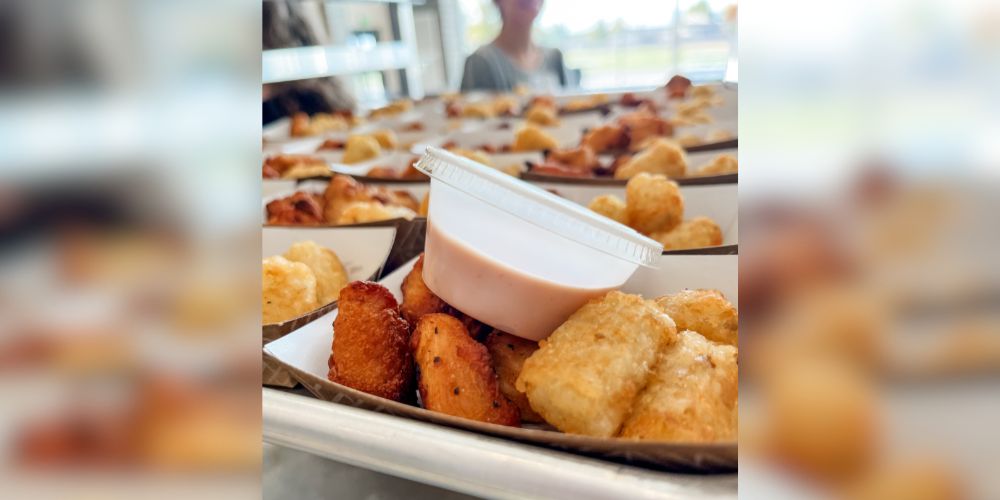Psych Tip of the Week – What is an FBA and BIP?
Each week we will be sharing a tip from our school psychologist, Mrs. Rollins. This week we are talking about – What is an FBA and BIP? FBA or Functional Behavior Assessment and a BIP or Behavior Intervention Plan are both common acronyms for two parts of the same process. Most students respond well to regular reinforcement of classroom and school rules. An FBA and BIP are needed to help students that for various reasons need more behavior support than other students. An FBA is structured data collection about a problem behavior that is significantly affecting learning, safety or social relationships. When the data is collected for the FBA, the school team can use the data to determine why the student choosing to do the problem behavior or if there is an underlying need that the behavior is meeting. This is called the Function of the Behavior. The Utah Least Restrictive Behavioral Interventions manual lists four functions of learned behavior. They include:
- Escape: The behavior enables the person to delay or avoid doing something they find unpleasant or difficult.
- Attention: The behavior gets an immediate social response of some kind from others.
- Tangible: The behavior allows the person to access a specific desired item or activity.
- Sensory/automatic: The behavior helps the person meet a basic physical need.
Once the function of behavior is determined, the school team can then create a BIP. The BIP addresses the problem behavior of a student and according to the Utah State Board of Education should include the following:
- A description of the student’s strengths, interests, and reinforcer preferences
- A definition of the problem behavior that could be understood by an unfamiliar person taking data on the behavior.
- A replacement behavior the team will teach the student which matches the function of the problem behavior as determined by an FBA
- Descriptions of antecedent strategies used to reduce the occurrence of the problem behavior and/or increase the occurrence of the replacement behavior;
- Descriptions of reinforcing consequence strategies used to reward occurrences of the replacement behavior and/or other appropriate alternative behavior(s);
- Descriptions of reductive consequence strategies used in response to occurrences of the problem behavior.
- Description of data that will be collected to determine how effective the interventions are and monitor on-going student progress.
- The date the team will meet next to review progress data.
- The day the BIP will start and note any training or materials needed to start the plan.
- If applicable, any safety protocols necessary to protect the student and/or others.
Research show that when an FBA and BIP are done correctly, then they can effectively reduce problem behaviors of students. It often takes a whole school team (teachers, admin, support staff, related servers and parents) working together to help students with change behavior from what they have been doing to what will help them learn and make progress at school.
Don’t forget to check out our Facebook, Instagram, or Twitter pages!
July 9th, 2025





